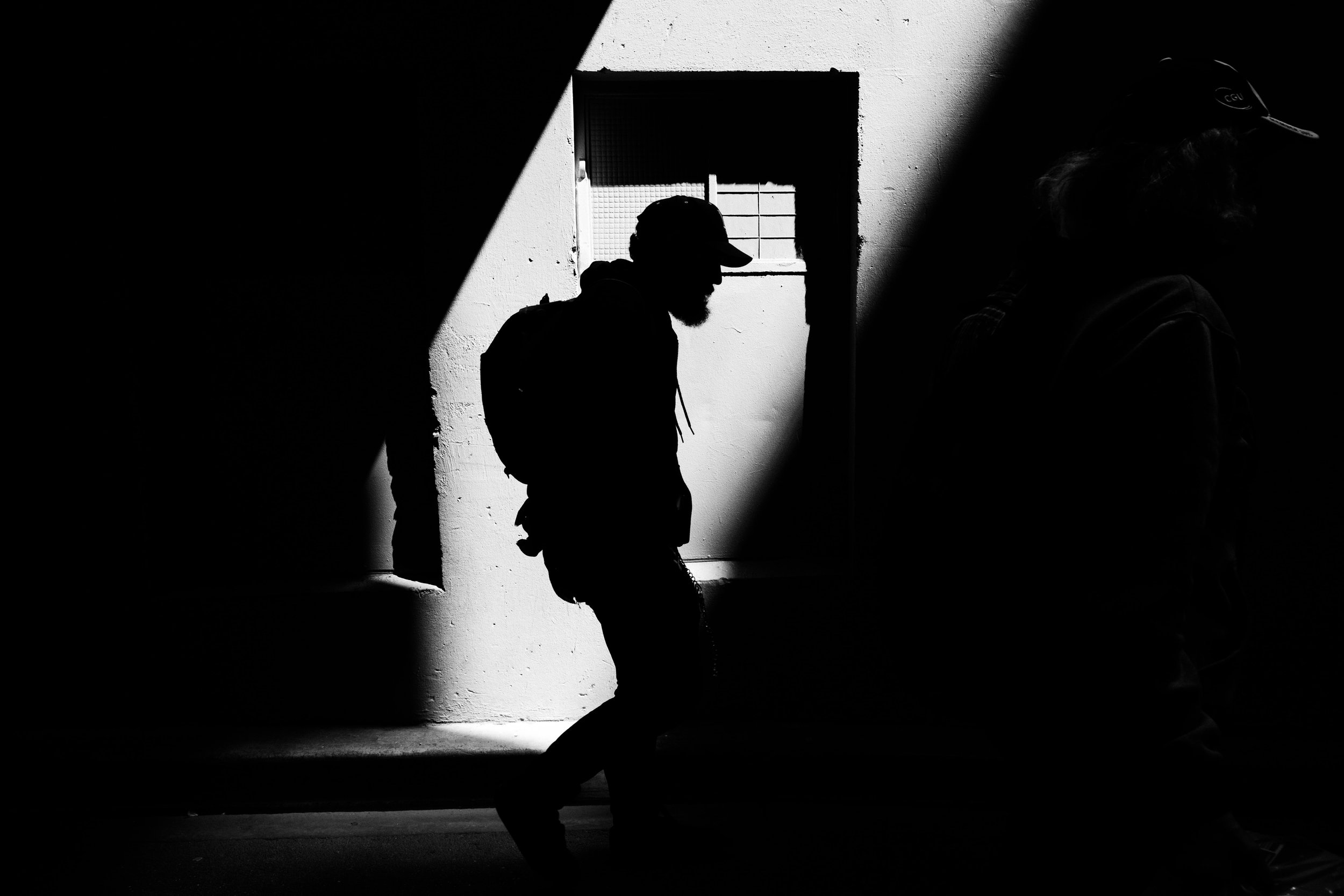Don’t Let Terrorists Design Your City
“The purpose of terrorism is not principally to hurt people, but to cause panic and to unravel the social fabric. In that regard, a built environment that loudly proclaims the expectation of attack is in itself a form of terrorism, inciting fear, uncertainty, and suspicion of one’s fellow man.” Acclaimed city planner and author, Jeff Speck, explains why the anti-terror landscape is a bad investment.
By Jeff Speck, city planner and author, FAICP, FCNU, LEED-AP, Honorary ASLA
On Wall Street, aggressive barriers undermine the unifying benefits of a well-designed and embracing public realm. Photo: Chicago Tribune/Getty Images
The scene is devastating: a terrorist plows a pickup truck down a Manhattan bike path, killing eight people and injuring almost a dozen more. The public demands a government response, and Mayor De Blasio rises to the occasion, immediately budgeting $50 million for new vehicle barriers around the city, including funding for 1500 steel bollards costing $30,000 apiece.[i]
While people are still on edge, this commitment is largely met with approval, and a feeling that “our leaders are working to keep us safe.” But there remains in the air a general sense that something is amiss. While it is hard to think rationally about terrorism, a cool-headed analysis of the terror threat in our cities leads to some difficult conclusions that could dramatically impact our policies and practices.
A bloody death is a bloody death
Somehow, when a death is intentional, and an “accident” is instead a murder, preventing its recurrence becomes inordinately worthy of public funding—especially if the perpetrators are brown. But those who have personally witnessed a fatal car crash will confirm that the anguish, trauma, and tragic repercussions are no less than what accompanies any other violent death. A rational public safety policy would treat all lives as equal. Remarkably, taxpayers invested less than $22,000 per victim to put an end to the car-crash deaths on Queens Boulevard (see Rule 32), while so far allocating approximately $1.7 billion per victim to avenge 9/11.[ii] This discrepancy deserves our attention.
Terrorism is statistically insignificant
There are different ways to do the math, but an objective accounting of several decades of data suggests that you are 568 times less likely to die in a terror attack than a car crash. Fewer people were killed in the New York truck attack than have died in traffic practically every two weeks before and since. A proper epidemiological approach to public health and safety would allocate resources proportionally to the dangers they address.
There is always a soft target
It is impossible to harden an entire city. This fact is perhaps the greatest source of cognitive dissonance surrounding New York’s bollard campaign. For every bike path and sidewalk newly protected, there will remain hundreds exposed. If all public spaces receive bollards—an impossibility—a terrorist need only take an AR-15 to a hotel room window. In this way, we are doomed to be always protecting against the last attack instead of the next, and mis-spending millions on what is effectively “security theater.”[iii]
The anti-terror landscape is terrifying
The purpose of terrorism is not principally to hurt people, but to cause panic and to unravel the social fabric. In that regard, a built environment that loudly proclaims the expectation of attack is in itself a form of terrorism, inciting fear, uncertainty, and suspicion of one’s fellow man. Just like subway stop-and-frisks and a constant barrage of “See something, say something” messages, explicitly hardened public spaces are best understood as artifacts of a complicit terror-industrial complex that profits by keeping us scared. The fact that most actors in this drama are well-meaning should not distract us from resisting its grip.
Bollards can be nice
In Cities for People, the Danish planner Jan Gehl notes how most people enjoying Siena’s Piazza del Campo choose to linger near the large stone bollards that surround the space.[iv] Bollards are traditional street furniture and, if designed well, need not participate in a terrorist threat that they may be naively responding to. If De Blasio’s bollards are attractive, well crafted, and well-located, they can become a positive feature of the spaces that they inhabit, rather than a permanent emblem of our panic, concrete evidence that the terrorists are winning. (But they are still money wasted.)
Public safety dollars can be spent in a way that has a real impact. With a limited investment, child traffic deaths in the Netherlands went from more than 400 in 1971 to just 14 in 2010.[v] A small fraction of our current anti-terror budgets, transferred to road safety, would save thousands of lives.
[i] https://www.villagevoice.com/2018/01/03/city-to-spend-30000-apiece-on-anti-terror-bollards/
[ii]https://research.hks.harvard.edu/publications/workingpapers/citation.aspx?PubId=8956&type=WPN
[iii] https://www.villagevoice.com/2018/01/03/city-to-spend-30000-apiece-on-anti-terror-bollards/
[iv] Jan Gehl, Cities for People, 137.
[v]https://www.youtube.com/watch?v=XuBdf9jYj7o&feature=youtu.be&t=2m3s
Photo: Bulkan Evcimen/Unsplash


